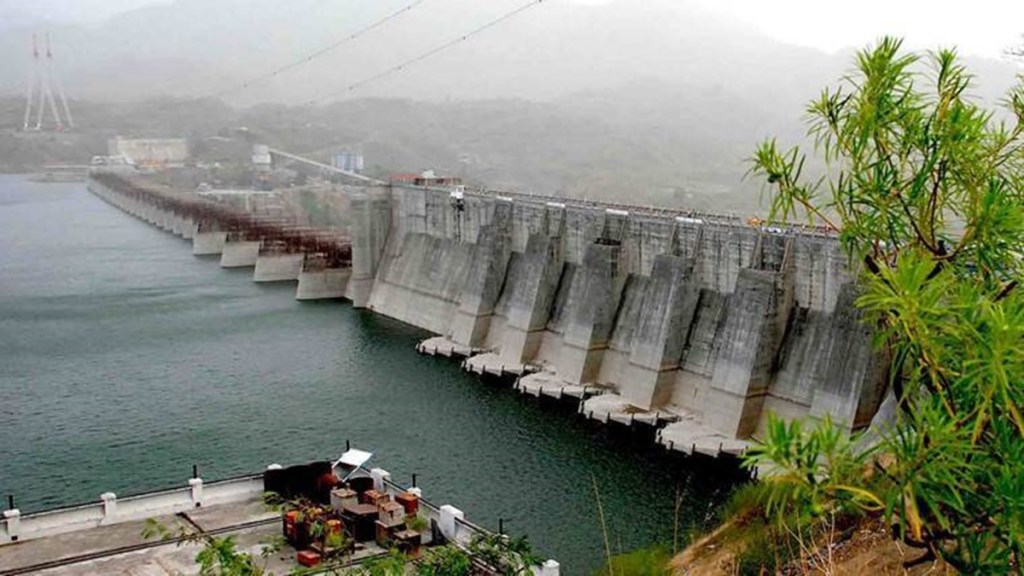Water tables in India’s reservoirs have dropped to a level 6% below last year’s record-high, amid lingering concerns over heat waves in many parts of the country and sluggish progress of monsoon rainfall so far.
However, no large impact of this on the Kharif crops is anticipated at present, as the stored water is still much above the 10-year average, and is seen to be sufficient to irrigate the rain-fed swathes of the agriculturally important regions.
Also read: G20 deliberates on key deliverables ahead of Finance Ministers’ meeting next month
However, if the monsoon turns out to be below average, as predicted by private forecaster Skymet, the eastern region could face water scarcity and crop damage.
According to the Central Water Commission data, water level of the country’s 143 reservoirs stood at 49.99 billion cubic metres (bcm) on Thursday, which is 27% of their combined capacity.
A year ago, the water available in these reservoirs was 51.26 bcm, and the average of the last 10 years was 39.83 bcm. “Current water level of reservoirs was 94% of the live storage of the corresponding period of last year and 120% of storage of the average of the last 10 years,” the CWC stated.
Of the reservoirs whose water levels are monitored by the CWC, 112 are located in the west, central and southern regions.
In the Southern regions, water levels have dropped below last year as well as last 10 year-average level.
However water levels in major dams in eastern regions especially in West Bengal, Bihar, Jharkhand and Odisha, have been just above last year’s level however less that last 10 year-average level. In these states, a large segment of the crop area is still rainfed.
Also read: Rs 35,000-cr collected in FY23: Windfall tax revenue seen falling in FY24 amid softer crude prices
West Bengal, the biggest rice producing state in the country, has irrigation coverage of only 51%, which may be impacted if monsoon rains become deficient. Areas under pulses and oilseeds in Maharashtra, Madhya Pradesh and Karnataka also depend on monsoon in a big way.
The India Meteorological Department predicted rainfall at 96% of the long period average, while precipitation between 96-104% is treated “normal.” Water reservoirs were filled to a record 87% of their capacities after the end of ‘above normal’ monsoon season on September 30, 2022.


